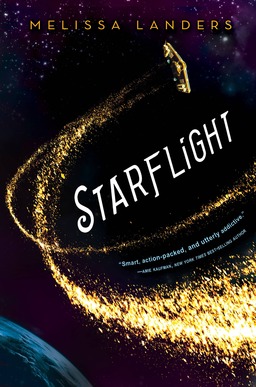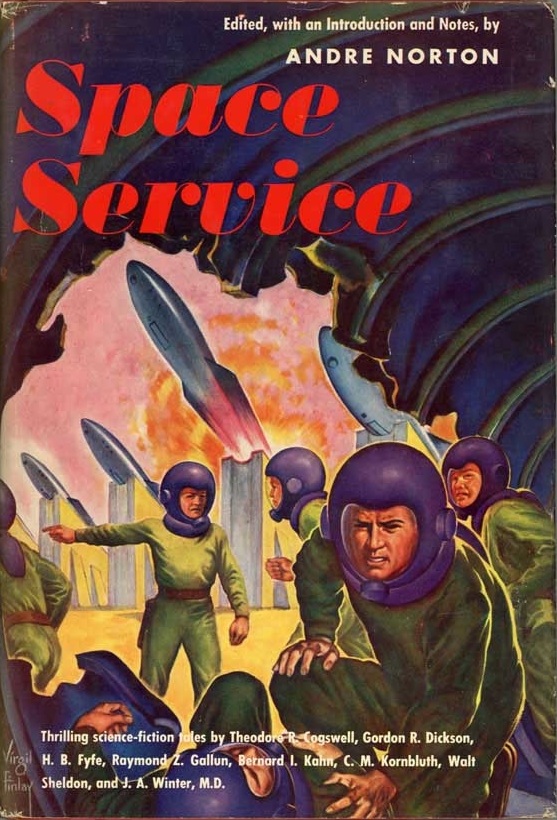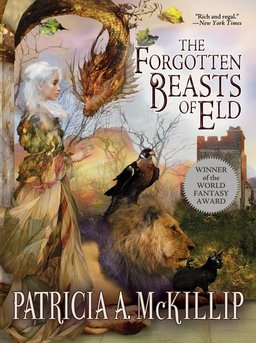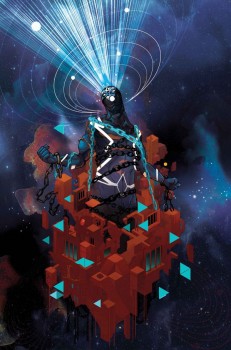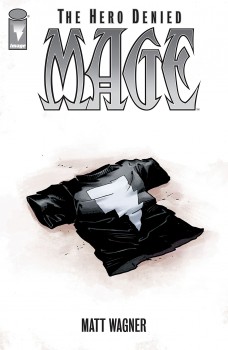A Not So Trimphant Ending to The Atlan Saga: Some Summer Lands by Jane Gaskell
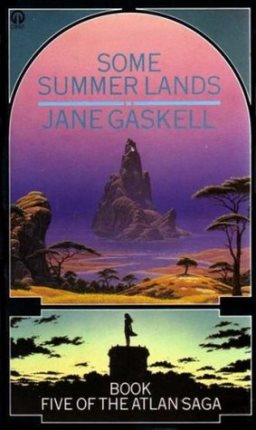
“The Fourth Book in the Hitch-Hiker Trilogy” proclaimed the cover blurb on the Pan version of So Long and Thanks for All the Fish, by Douglas Adams. And many smiled and thought this was very clever and funny. The fourth book in a trilogy wasn’t actually a new idea, even back in the 1984. Now a fifth book in a trilogy is a little more unusual, and indeed when one appeared (Mostly Harmless, in 1992) the updated blurb proclaimed: “The Fifth Book in the Increasingly Inaccurately Named Hitchhikers Trilogy”.
What has Douglas Adams got to do with Jane Gaskell?
Well, she did the same thing. She wrote a pretty good trilogy – albeit one which some publishers stretched into four books – and then, by all appearances, decided to tack on another volume some years later. This is of course my opinion, but if you’ll indulge me a bit you will see why I reached that conclusion.
Now there are plenty of authors who have tacked books on to a successful trilogy — and some who have even added a whole follow up series. To be fair to Mr Adams, his additional books were pretty good, though not up to the standard of the original series. To me, they still felt like they were more of an afterthought than a specifically planned and executed conclusion.
Some Summer Lands also does not quite fit. Sadly, that is not the only issue. I cannot in honesty give this book the same recommendation I gave to the other books in the Atlan Saga, which were pretty good, with occasional flashes of brilliance. Some Summer Lands was published in 1977, roughly ten years after The City. My Orbit Futura edition weighed in at 360 pages split into three parts of varying length.
Some Summer Lands is not pretty good. Dismally disjointed, maybe. Rambling, definitely. Misguided, certainly. One of the few positives I had from the experience was that it helped me realize why I had taken on re-reading the series with such trepidation. The first three (or four) books surprised me, as I did not have fond memories of the series when I read it in my youth.
Anyone who has read my earlier reviews may remember me marveling at certain aspects and wondering why I had disliked them as a teenager. Now I know why! It’s this last book which casts a dark shadow.
